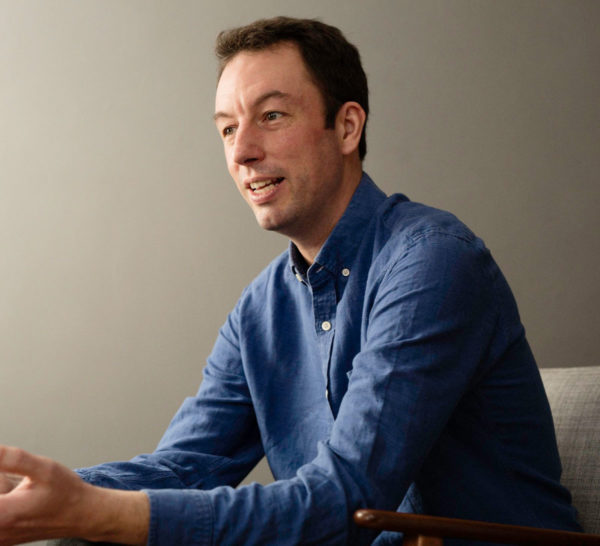- BY Colin Yeo

New Country Guidance case on trafficked women from Albania
THANKS FOR READING
Older content is locked

A great deal of time and effort goes into producing the information on Free Movement, become a member of Free Movement to get unlimited access to all articles, and much, much more
TAKE FREE MOVEMENT FURTHER
By becoming a member of Free Movement, you not only support the hard-work that goes into maintaining the website, but get access to premium features;
- Single login for personal use
- FREE downloads of Free Movement ebooks
- Access to all Free Movement blog content
- Access to all our online training materials
- Access to our busy forums
- Downloadable CPD certificates
Official headnote:
Much of the guidance given in AM & BM (Trafficked women) Albania CG [2010] UKUT 80 (IAC) is maintained. Where that guidance has been amended or supplemented by this decision it has been highlighted in bold:
“a) It is not possible to set out a typical profile of trafficked women from Albania: trafficked women come from all areas of the country and from varied social backgrounds.
b) Much of Albanian society is governed by a strict code of honour which not only means that trafficked women would have very considerable difficulty in reintegrating into their home areas on return but also will affect their ability to relocate internally. Those who have children outside marriage are particularly vulnerable. In extreme cases the close relatives of the trafficked woman may refuse to have the trafficked woman’s child return with her and could force her to abandon the child.
c) Some women are lured to leave Albania with false promises of relationships or work. Others may seek out traffickers in order to facilitate their departure from Albania and their establishment in prostitution abroad. Although such women cannot be said to have left Albania against their will, where they have fallen under the control of traffickers for the purpose of exploitation there is likely to be considerable violence within the relationships and a lack of freedom: such women are victims of trafficking.
d) In the past few years the Albanian government has made significant efforts to improve its response to trafficking. This includes widening the scope of legislation, publishing the Standard Operating Procedures, implementing an effective National Referral Mechanism, appointing a new Anti-trafficking Co-ordinator, and providing training to law enforcement officials. There is in general a Horvath-standard sufficiency of protection, but it will not be effective in every case. When considering whether or not there is a sufficiency of protection for a victim of trafficking her particular circumstances must be considered.
e) There is now in place a reception and reintegration programme for victims of trafficking. Returning victims of trafficking are able to stay in a shelter on arrival, and in ‘heavy cases’ may be able to stay there for up to 2 years. During this initial period after return victims of trafficking are supported and protected. Unless the individual has particular vulnerabilities such as physical or mental health issues, this option cannot generally be said to be unreasonable; whether it is must be determined on a case by case basis.
f) Once asked to leave the shelter a victim of trafficking can live on her own. In doing so she will face significant challenges including, but not limited to, stigma, isolation, financial hardship and uncertainty, a sense of physical insecurity and the subjective fear of being found either by their families or former traffickers. Some women will have the capacity to negotiate these challenges without undue hardship. There will however be victims of trafficking with characteristics, such as mental illness or psychological scarring, for whom living alone in these circumstances would not be reasonable. Whether a particular appellant falls into that category will call for a careful assessment of all the circumstances.
g) Re-trafficking is a reality. Whether that risk exists for an individual claimant will turn in part on the factors that led to the initial trafficking, and on her personal circumstances, including her background, age, and her willingness and ability to seek help from the authorities. For a proportion of victims of trafficking, their situations may mean that they are especially vulnerable to re-trafficking, or being forced into other exploitative situations.
h) Trafficked women from Albania may well be members of a particular social group on that account alone. Whether they are at risk of persecution on account of such membership and whether they will be able to access sufficiency of protection from the authorities will depend upon their individual circumstances including but not limited to the following:
1) The social status and economic standing of her family
2) The level of education of the victim of trafficking or her family
3) The victim of trafficking’s state of health, particularly her mental health
4) The presence of an illegitimate child
5) The area of origin
6) Age
7) What support network will be available.
Source: TD and AD (Trafficked women)(CG) [2016] UKUT 92 (IAC) (9 February 2016)
SHARE

